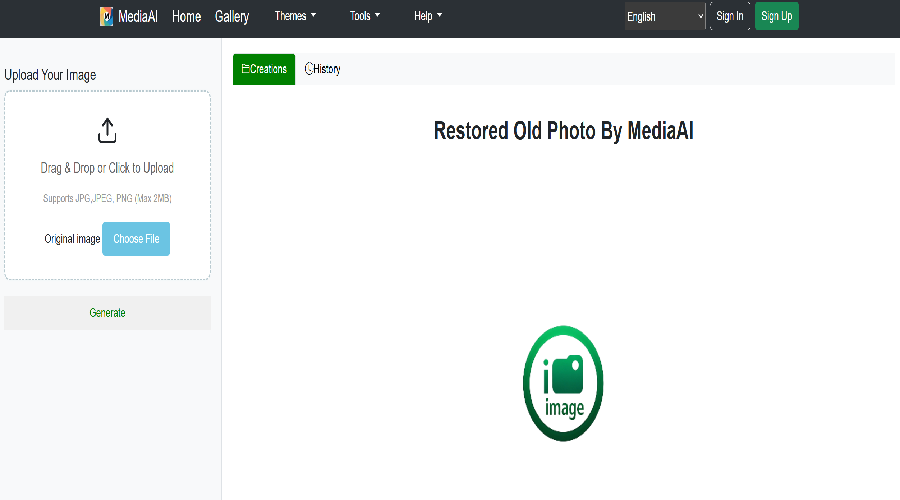The Art and Science of Restoring Old Oil Paintings
Introduction: The Timeless Beauty of Aged Oil Paintings
Old oil paintings possess a unique charm that modern reproductions often fail to capture. The natural aging process creates a distinctive patina, subtle crackling (called craquelure), and a depth of color that only time can produce. However, these same characteristics that make antique oil paintings valuable can also present significant conservation challenges. Whether you're a collector, artist, or simply appreciate classical art, understanding how to properly care for and restore old oil paintings is essential.
The Challenges of Aging Oil Paintings
Common Problems in Old Oil Paintings
Over time, oil paintings typically develop several issues that require professional attention:

- Surface dirt and grime accumulation
- Yellowing of varnish layers
- Paint layer cracking and flaking
- Canvas weakening and tears
- Mold and mildew growth
Why Oil Paintings Age the Way They Do
The aging process in oil paintings is influenced by several factors. The traditional materials used - linseed oil, pigments, and canvas - all undergo chemical changes over decades. According to research from the National Gallery, the polymerization of oil continues for centuries, causing the paint film to become more brittle with time.

Professional Restoration Techniques
Cleaning and Varnish Removal
One of the most delicate processes in oil painting restoration is the careful removal of old, discolored varnish. Conservators use specialized solvents in a method called "solvent testing" to find the safest solution for each unique painting. This process can dramatically improve the painting's appearance by revealing the original colors hidden beneath yellowed varnish.
Structural Repairs
For paintings on canvas, common structural repairs include:

- Lining with new canvas for support
- Mending tears with reversible adhesives
- Re-stretching loose canvases
- Filling losses in the paint layer
Modern Technology Meets Traditional Art
Today, advanced technologies are revolutionizing oil painting restoration. Techniques like AI-assisted analysis help conservators examine paintings non-invasively. Multispectral imaging can reveal hidden layers and original brushwork, while 3D printing allows for precise recreation of missing elements.
For those interested in preserving family heirlooms, services like photo restoration can provide guidance on caring for valuable artworks. The principles of conservation apply similarly to both photographs and paintings.
Preventive Conservation: Keeping Your Oil Paintings Healthy
Proper environmental control is crucial for preserving old oil paintings. The ideal conditions include:
- Temperature between 18-22°C (64-72°F)
- Relative humidity of 45-55%
- Protection from direct sunlight
- Regular dusting with soft brushes
Conclusion: Preserving Artistic Heritage
Old oil paintings represent an important connection to our cultural past. Whether it's a family portrait or a discovered masterpiece, proper care and restoration can ensure these artworks survive for future generations to appreciate. For those looking to explore more about art preservation techniques, our AI painting guide offers additional insights into blending traditional methods with modern technology.
Remember that significant restoration work should always be entrusted to professional conservators. The American Institute for Conservation (AIC) maintains a directory of qualified professionals who adhere to strict ethical guidelines in art restoration.